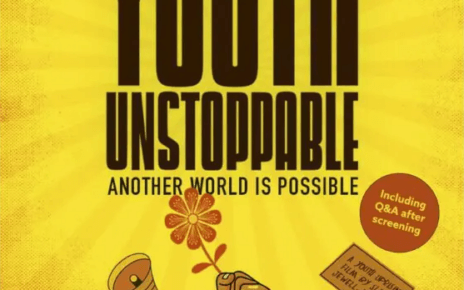Richard F. Veit, Ph.D., professor of anthropology and interim Dean of the School of Humanities and Social Sciences, presented “A Monument to Fallen Royalty: Rediscovering Joseph Bonaparte’s Point Breeze Estate In Bordentown, New Jersey,” on Wednesday, Feb. 10.
The presentation was co-sponsored by Pennington Public Library, Hopewell Valley Historical Society, and The Hopewell Museum. It showcased the history leading up to Joseph Bonaparte’s purchase of his Point Breeze estate.
In 1815, a mysterious individual sailed from France to North America’s Port of New York. On a vessel named “Commerce,” the ship was intercepted and stopped by a British warship. The British inspected the cargo of the vessel and questioned the passengers in order to see if anyone fleeing from France was related to the Bonaparte regime, Veit explained. The individual hid in his cabin during the inspection and made it safely into the port of New York.
“Shortly thereafter, while walking on the streets of lower Manhattan, a French soldier saw him,” Veit said. “The soldier fell at his feet and cried out ‘your majesty, I’m so glad to see you.’ Our mysterious stranger was in fact Joseph Bonaparte, the former king of Spain and Naples; the older brother of Napoleon Bonaparte who had fled to North America following the Battle of Waterloo at the end of the Napoleonic War.”
Joseph Bonaparte would spend the next two-plus decades of his life living in North America, Veit said. Initially, he attempted to reach Washington D.C. and claim diplomatic asylum from President Madison, who in turn encouraged the exiled King to stay in Philadelphia.
“Madison was afraid of having an international diplomatic incident with Great Britain,” Veit said. “You must remember that only a few short years before we had been at war with Great Britain during the War of 1812.”
Shortly after the 2005 release of Patricia Tyson Stroud’s “The Man Who Had Been King: The American Exile of Napoleon’s Brother Joseph,” Veit and his University colleagues began an archaeological survey of the Point Breeze estate where Bonaparte lived for much of his American life. “It’s an example of what you might call ‘landscape archaeology’,” Veit said. “You’re very interested, not just in the buildings that Joseph built, but also the landscapes he created.”
Bonaparte bought numerous farms and formed together a large collection, roughly 2,000 acres of total land. Gardens were an important part of the landscape in early America, as wealthy individuals used them to project their influence, reflect their importance and serve to reinforce the owner’s social status, Veit explained.
After Bonaparte decided to remain in America, he began searching for a property to live and establish himself. “He looks at a number of different properties,” Veit said. “He’s renting initially in New York and later in Philadelphia, but he wants to have an estate similar to the ones he was familiar with in Europe.”
Bonaparte considered an attempt to purchase Governor William Franklin’s estate in Perth Amboy, but he was unsatisfied with the view. A number of houses stood between the Proprietary House and the nearest body of water, so he moved on.
As Bonaparte traveled between Philadelphia and New York, he landed in Bordentown, a place that is very much the center of America’s main Road in colonial America, Veit said. There, he found the Point Breeze estate.
Bonaparte needed to sell some of his properties in order to raise funds for the challenges he faced living in New Jersey. “Foreign nationals could not own land outright in the United States, so Joseph had to purchase the land through an agent.” He would later petition the state of New Jersey to clear the title to the land so that it could be passed from him to his heirs.
“You may be wondering how an exiled King on the run is able to afford such a big piece of prime real estate in New Jersey,” Veit said. “The way he’s able to afford this is because he had brought to America, probably, the Spanish Crown Jewels.”
Bonaparte had a servant dispatched to one of his old estates in Switzerland. The servant was given a map and told to excavate until he hit a metal trunk, Veit explained. “[The servant] unearthed that trunk and brought it back to America. It’s believed that it contained jewelry of great value and also papers of extreme value to the Bonaparte family.”
PHOTO TAKEN by Anthony DePrimo




